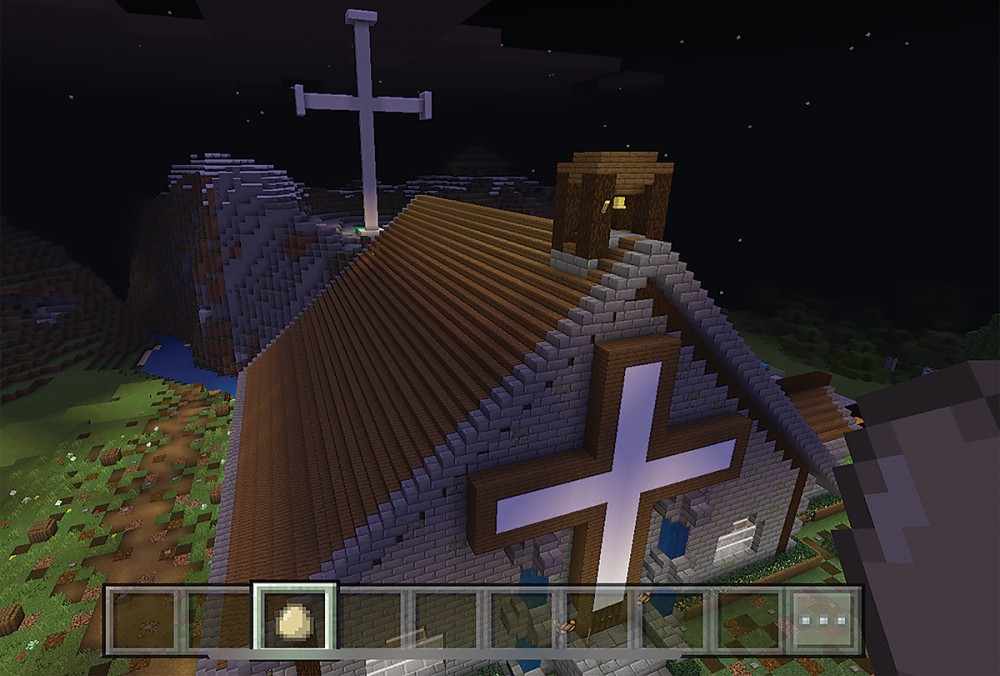How I used Minecraft with my catechism group
Instead of memorizing Luther’s theology, the kids built churches that embodied it.

With more than 112 million monthly users, Minecraft is the best-selling video game of all time. It’s been wildly popular among young people and adults all over the world since its release in 2009, and it’s now one of the games most widely streamed on Twitch and YouTube channels.
As it turns out, it’s also a great way to explore faith in creative and collaborative ways. I know this because I used it with my catechism group this past school year.
Here’s how it happened. I sat down with our middle schoolers on the first day of Sunday school last fall and asked, “How would you like to learn together?” Someone joked that we should play Minecraft, and I asked, “How would that work?” And then the class began to teach me.




